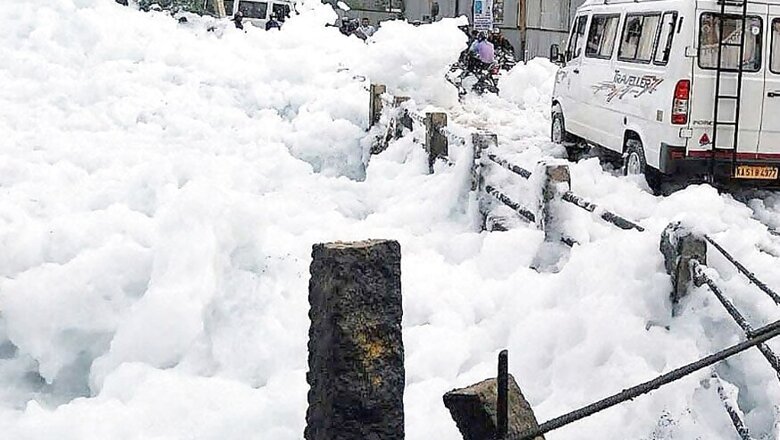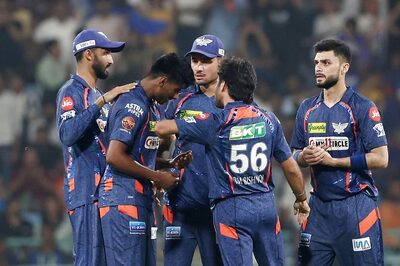
views
Bengaluru: A recent draft report by the Environment and Policy Research Institute (EMPRI) suggests that not a single lake in Bengaluru city has water that is fit for drinking or even bathing.
The study has suggested that no Bengaluru lake can be classified under category A (Drinking) or category B (Bathing) of the Water Quality Index (WQI), when considered in terms of quality of water, while about 85% of water bodies come under the 'severely polluted' category with an astounding 98% of lakes falling under the 'unsatisfactory' category of WQI.
A comprehensive study of all water bodies in Bengaluru has revealed that almost 50% of them in fact, have disappeared. The study inventorized 1,518 water bodies in the city, which included lakes (keres) of over 3 acres, gokattes (between 1 to 3 acres) and kuntes (less than 1 acre) to find only 681 actually existed.
The report goes on to classify water bodies in 5 categories namely A,B,C,D and E, where Class A lakes would mean the water that can be used for drinking at source. Similarly, Class B category could be used for bathing.
"We found no lake which had water fit for drinking without treatment. There are zero lakes in the ‘A’ category, while 'B' category, in which the water can be used for bathing even without treatment, also doesn’t have any lakes in. The ‘C’ category indicates that with some treatment, you can drink the water, but only 2% of Bengaluru lakes can be put in this category," says Ritu Kakkar, Director General of EMPRI.
A significant 13% of these water bodies fall in the ‘D’ category, while the remaining 85% of the lakes come under the Class ‘E’ category, which means the water can only to be used for irrigation and industrial cooling purposes.
Another finding of the report states that there are only three lakes left in the city that do not carry the diarrhoea causing E.Coli bacteria.
The main causes of such levels of water pollution have been identified as poor solid waste management, continuous dumping of construction and demolition waste, dysfunctional sewage treatment plants (STPs) combined with rapid encroachments. These have led to deplorable conditions of the lakes.
"People should stop treating lakes like no-man’s land and should take pro-active steps towards conservation. Only then will there be some respite," Ritu Kakkar, Director General of EMPRI added.
The two-year-long investigation costs a whopping Rs 1.5 crore and was commissioned by the Karnataka Lake Conservation and Development Authority (KLCDA).
The researchers have also come up with a conservation strategy that the concerned authorities can adopt for lake rejuvenation. By using the weight-age method, lakes have been classified into Black, Red, Yellow, Green and Blue, according to their priority in terms of lake conservation.
Also, a Black Alert would identify the lakes in need of immediate attention while blue will indicate the relatively healthy lakes.
Findings have also revealed that 33 lakes in the city come under the Black List, whereas only 2 lakes, namely Nagawara and Gattihalli Government Lake have found a place on the Blue list.
"The government’s apathy towards unhealthy lake water is condemnable, we still haven't seen anything from the Koliwad committee report on this issue," said Prakash, BJP’s media-in-charge in Bengaluru.



















Comments
0 comment